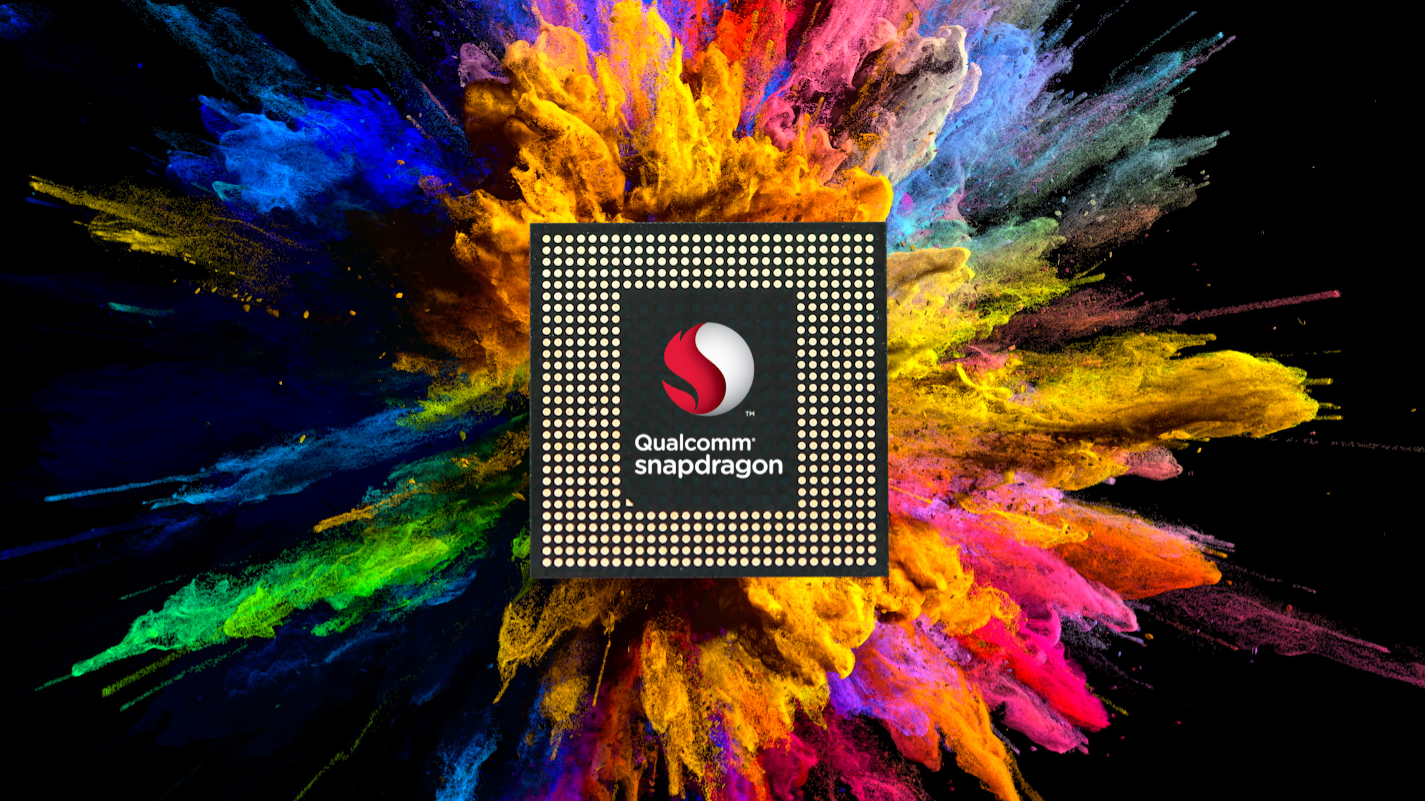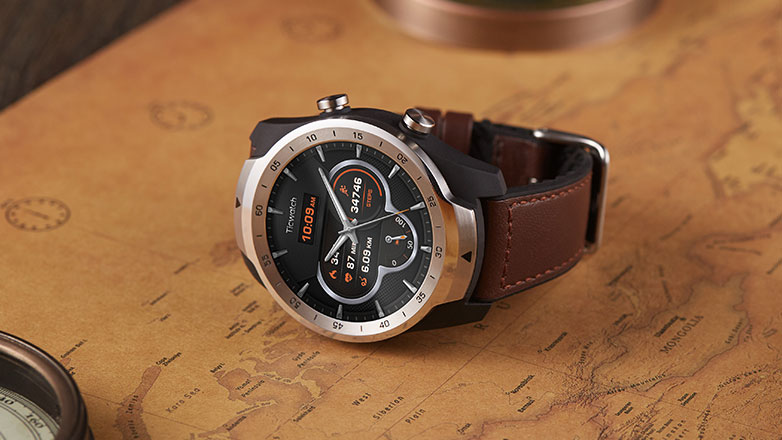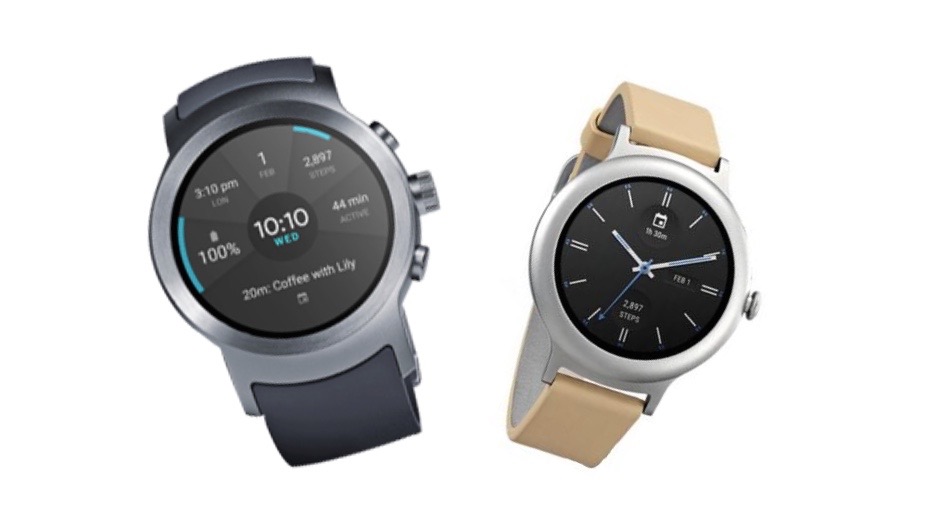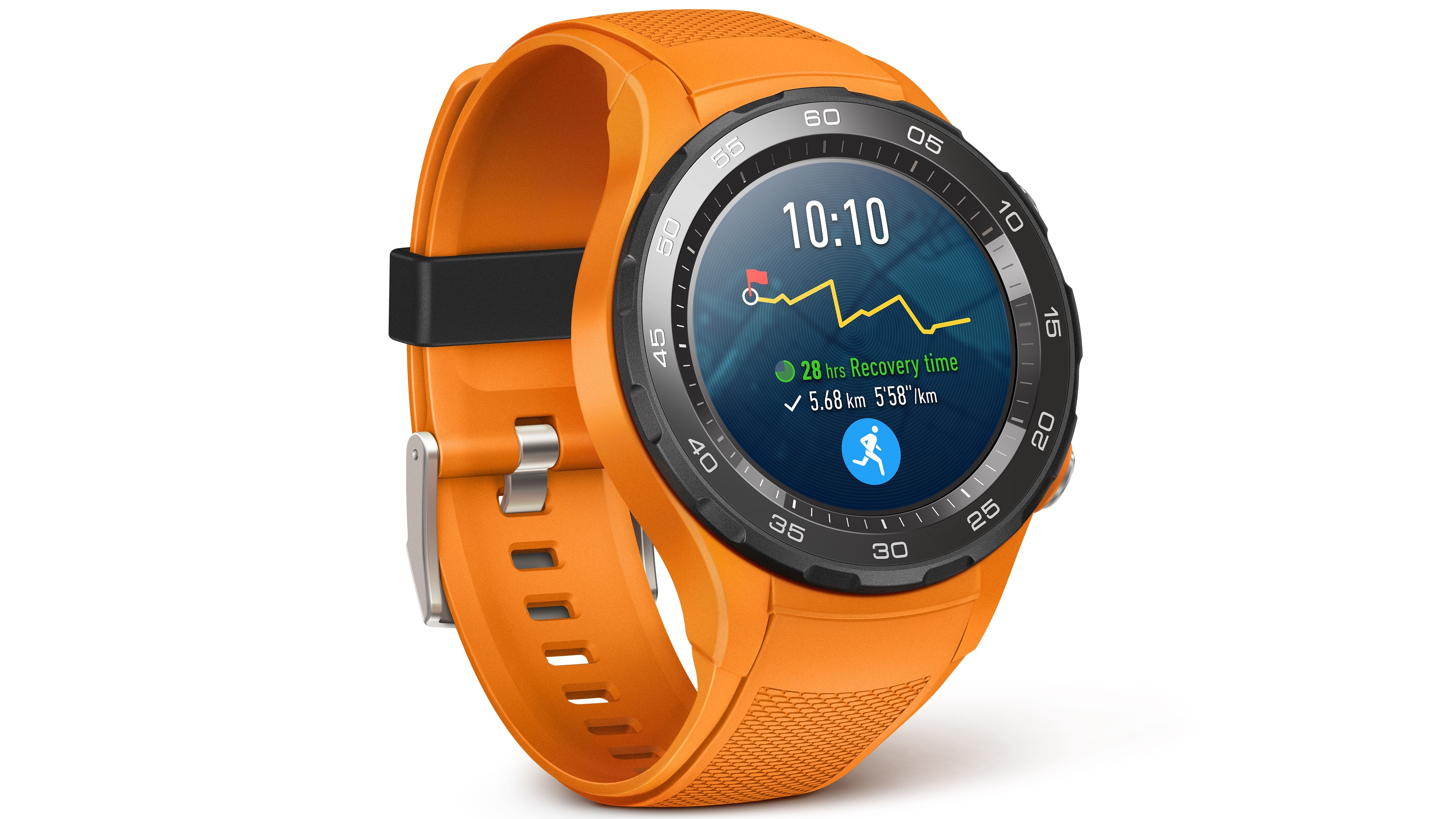New Wear OS watches will have much better battery with Snapdragon 3100
Better battery, smarter sports and fabulous fashion

Qualcomm has launched a new chipset dedicated to the wearable market, and it's set to transform smartwatches as we know them.
Dubbed the Snapdragon 3100, this is Qualcomm's third generation wearable chip and improvements over the Snapdragon 2100 are focused in three core areas; fashion, sports and power reduction.
The chip is based on a brand new ultra-low power architecture, with a large quad-core A7 processor providing a fast, slick user experience when you're interacting with a watch, while a new ultra-low power co-processor takes over the running when the device is idle.
This tiny, super low power chip, Qualcomm says, will be working around 95% of the time, as it's found users only interact with their smartwatch for short bursts over a day.
Google has also been involved in the development process of the Snapdragon 3100, to ensure it provides a fluid, seamless and rich Wear OS experience.
The result of this brand new chip? Qualcomm says you'll get a slicker on-screen experience, better connectivity, longer battery life and faster charger.
A smartwatch that looks like a watch
With the Snapdragon 3100, Qualcomm is trying to help smartwatch manufacturers make their wearables look more like traditional watches.
Get daily insight, inspiration and deals in your inbox
Sign up for breaking news, reviews, opinion, top tech deals, and more.
Manufacturers will include traditional watchmakers Montblanc, Louis Vuitton, Fossil Group, and 'many more cooking', according to Qualcomm at its press conference.
Of those, Montblanc will offer the first smartwatch with the Snapdragon Wear 3100, launching the Montblanc Summit 2 in October. This will go nicely with the Google Pixel 3 , which is poised to launch on October 9.
The main way to achieve this is to ensure that there is always something displayed on screen - chiefly the time.
There's already an option on Wear OS smartwatches that allows you to have an always-on display for the time, but this significantly impacts battery life and you'll be lucky to see out a full day on a single charge.
That's only half the battle though, as the display also needs to look convincing in this mode.
Usually they're static, but ambient mode with the 3100 supports smooth, mechanical-like movement (for the second hand), live complications, adaptive brightness and 16 colors, allowing for a stylish finish which should look in-keeping with the body of the watch.
Smartwatches packing Qualcomm's new Snapdragon 3100 should not only be able to last longer, but also look a little more convincing that the current crop of Wear OS, Snapdragon 2100-toting devices on our wrists.

A battery that lasts a week*
*a week, but not in full smartwatch mode. Read on to find out how.
Qualcomm claims that it's made a series of power reductions on the Snapdragon 3100 versus its predecessor (the 2100), including 67% reduction in the lowest power mode, 49% reduction with GPS, 43% on keyword detection, 35% on minute-by-minute clock updates, 34% on MP3 playback and 13% on voice queries.
This all results in an extended battery life, and in traditional smartwatch mode you're looking at around 1.5 days - 2.5 days from a single charge.
However, if you take your smartwatch off charge on Monday morning, use it as a smartwatch for the day, and then switch to the low power, watch-only mode (with 20% left in the tank), the battery should last you the rest of the working week.
Qualcomm says with 100% battery, watch-only mode can last up to 30 days. When watch mode is enabled, the Wear OS interface and main processor are turned off, with only the co-processor required for watch function.
At some point after launch, Qualcomm will roll out an update to the 3100 chip that will see this watch-mode battery life extend through the weekend as well.
It means if you go away and forget your smartwatch charger, you'll still be able to use the device as a watch for a week before it dies. With current smartwatches, battery life doesn't last more than two days, after which you're staring at a blank display.

A smarter, fitter smartwatch
Qualcomm is also keen for the Snapdragon 3100 to make the smartwatch a more seamless sports watch - rather than users having to own two devices. A smartwatch for when they go out, and a dedicated sports/fitness/running watch for when they work out.
The chip maker claims that the current crop of smartwatches, with GPS and the heart rate monitor enabled, will produce just 3 to 4 hours of battery life.
Smartwatches featuring the Snapdragon 3100 chip will apparently offer up to 15 hours of battery life in the same conditions, which is much closer to the performance of a traditional GPS sports watch.
When you start a run, workout or activity, the chip turns off the likes of notifications and call functionality - things you don’t need when working out - to help extend the battery life.

When will the first Snapdragon 3100 smartwatches launch?
Qualcomm expects the first Snapdragon 3100 smartwatches to launch before the end of the year, and in time for Christmas.
It claims it has a number of manufacturers already signed up to use the Snapdragon 3100 chip in upcoming watches, and we'll update this article with more information when we get it.
However, don't expect the Snapdragon 3100 to feature in the Apple Watch 4 or the next generation of Samsung Galaxy Watch, as these manufacturers use their own chipsets for their wearables.

TechRadar's former Global Managing Editor, John has been a technology journalist for more than a decade, and over the years has built up a vast knowledge of the tech industry. He’s interviewed CEOs from some of the world’s biggest tech firms, visited their HQs, and appeared on live TV and radio, including Sky News, BBC News, BBC World News, Al Jazeera, LBC, and BBC Radio 4.